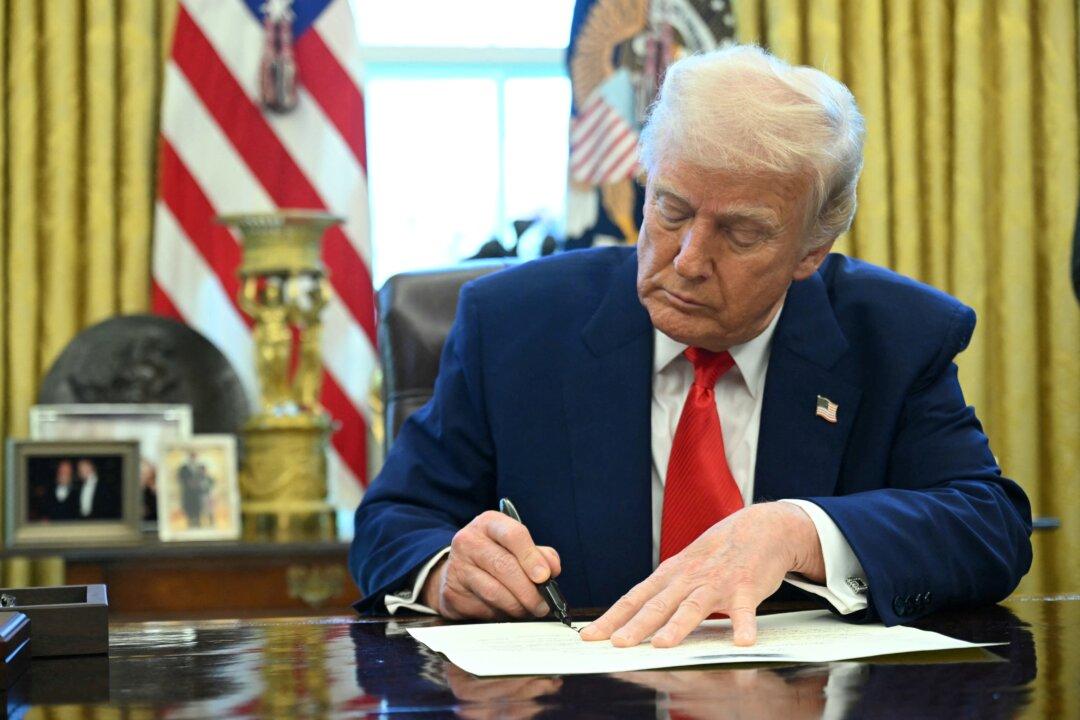Toshiba Corporation on Friday announced that it will build a new 300-millimeter wafer fabrication facility to increase its power semiconductor production capacity by March 2025.
A Toshiba spokesperson said the Japanese industrial conglomerate will invest around 100 billion yen ($873 million) in the new plant, on top of a 25 billion yen ($217 million) investment in a 300-millimeter fabrication line it is building at an existing chip plant.
Toshiba noted that Toshiba’s power semiconductor production capacity would be 2.5 times higher than in fiscal 2021 when the first phase of production reaches full capacity.
“The new fab will have a quake absorbing structure; enhanced BCP systems, including dual power supply lines, and the latest energy-saving manufacturing equipment to reduce environmental burdens,” the company said.
Vehicle electrification and the automation of industrial equipment are driving up the demand for power chips. The spokesperson said that the new plant could be expanded further with additional investment depending on demand.
Toshiba claimed that it has managed to meet growing chip demands by increasing production capacity on 200-millimeter lines and expediting the start of production on 300-millimeter production lines from the first half of fiscal 2023 to the second half of 2022.
“Decisions on the new fab’s overall capacity and equipment investment, the start of production, production capacity, and production plan will reflect market trends,” it added.
Taiwan Semiconductor Manufacturing company’s (TSMC) Japanese subsidiary director Makoto Onodera said in October last year that the global automotive semiconductor shortage “will remain serious in 2022.”





